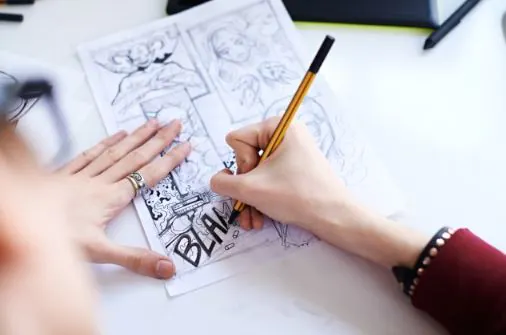South Africa has traditionally been one of the largest clothing producers in Africa, and with the country’s high unemployment rates, the textile industry is a valuable source of jobs for those who have few other options. Textiles and clothing account for roughly 10% of the country’s manufacturing jobs. However, the industry has been struggling for many years now. Competition from Asia and from other African countries has led to a decline in the industry for over two decades.
Working to fight job loss
In the past 15 years, it is estimated that 150,000 jobs have been lost in the textile industry, and the Southern African Clothing and Textile Workers Union (SACTWU) observes that 2,000-3,000 workers have been losing their jobs every year. However, the country’s government has been working to turn that around. The Department of Trade and Industry (DTI) has approved R4.9 billion in incentives through its Clothing and Textiles Competitiveness Programme, disbursing over R3.1 billion in the past financial year. Companies that were able to take advantage of these incentives saved over 81,000 jobs and created nearly 10,000 more.
The SACTWU has had a part in this turnaround, as it has been pushing for job creation and improved working conditions. The garment industry in South Africa has better conditions than many other parts of the world, although wages can still be very low. Workers here are predominantly women, often single parents working to provide their family’s only source of income, putting them in a vulnerable position. Government and union efforts will potentially provide more opportunities to this group of workers. Indeed, recent negotiations brought union members a wage increase above the rate of inflation last August, with plans to further increase it later this year.
An overview of the textile industry in South Africa
The current economic climate is a challenging one for the clothing sector in South Africa. Prices are rising and consumer confidence is low, leading buyers to reduce non-essential spending. However, apparel is still in demand, and the market grew in 2016 despite these setbacks.
International brands are starting to make a splash in the market, giving consumers a wider array of choices but making competition tougher for local businesses. According to a recent study by Euromonitor International, women tend to spend more money on fashion than men do, but men are beginning to take a greater interest than before. Manufacturers and retailers have also started creating more clothing aimed at plus-size women, as this is a significant and underserved market.
South Africa has a larger middle class than any other country, but much of the population still struggles to make ends meet. Despite the increase in textile jobs, the demand side of the market still faces challenges due to high taxes, low wages, and low consumer confidence, meaning that growth is expected to slow in the near future. Government and union actions are improving conditions for workers, but the economy will need a little more help before the industry can truly flourish again.
If you’re looking for business partners, whether in the clothing industry or elsewhere, BizVibe has you covered. Register today and gain access to thousands of suppliers, manufacturers, potential customers, and more from around the world.



